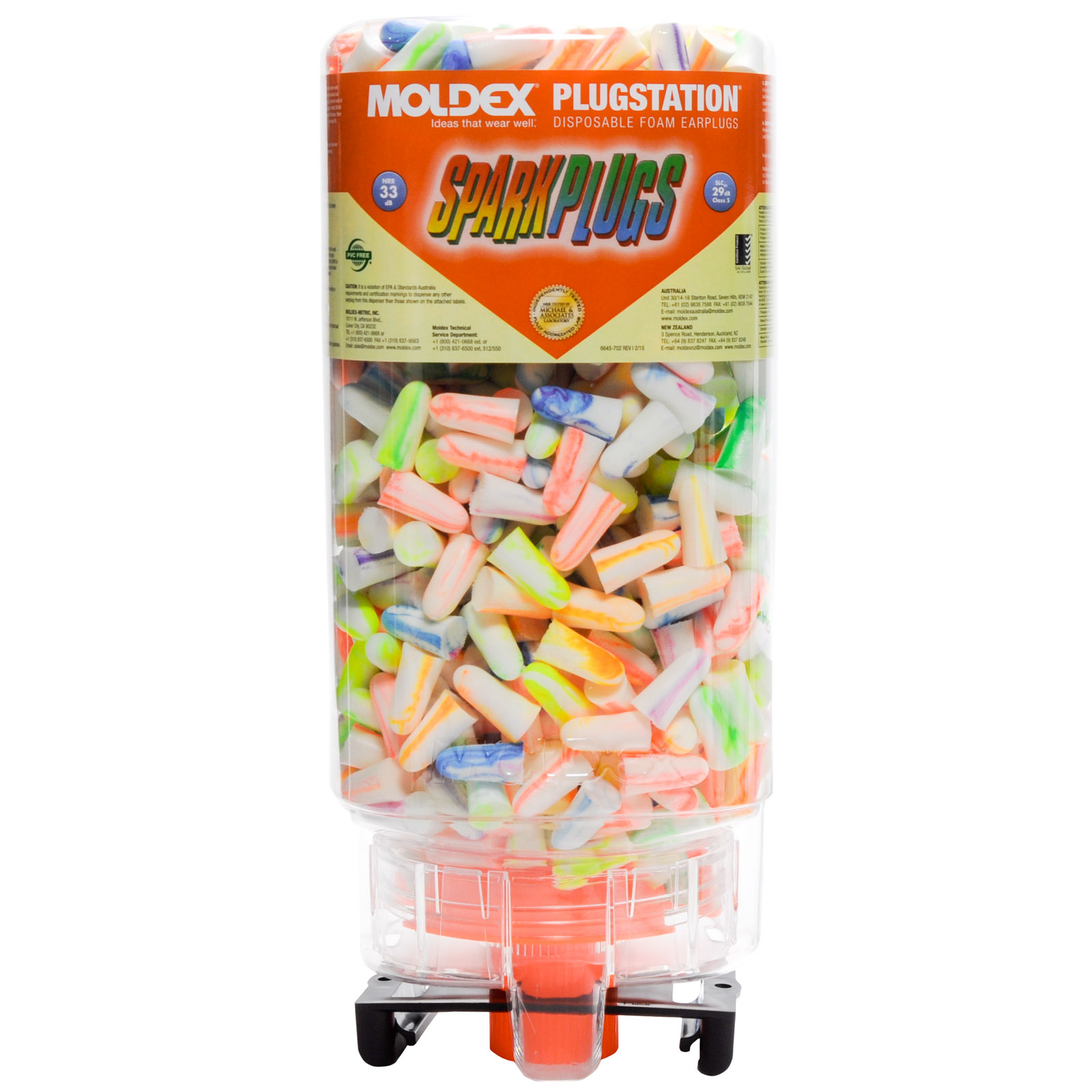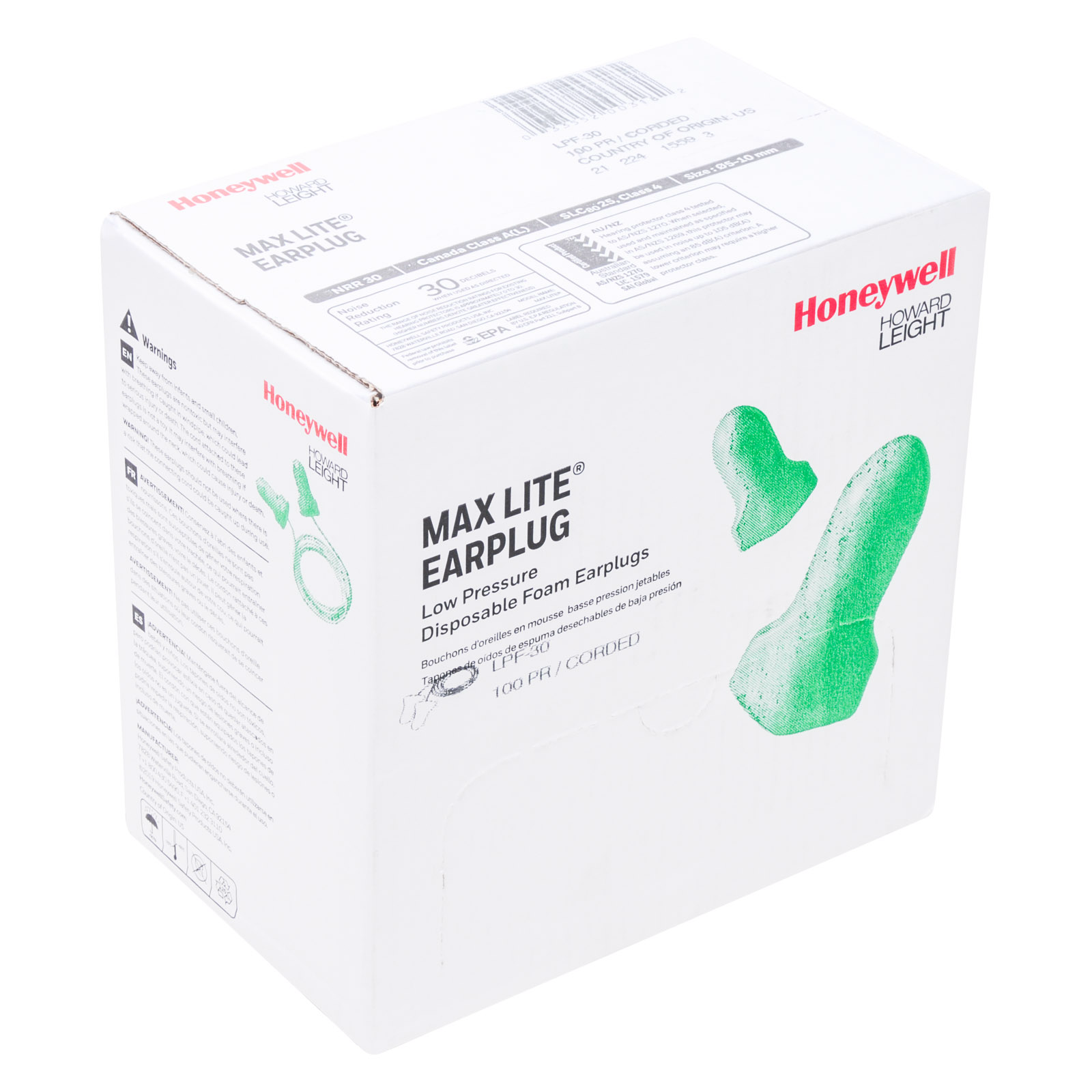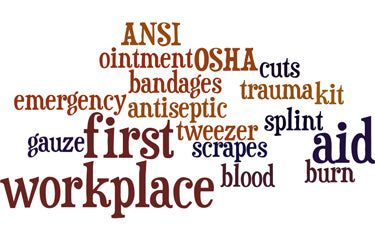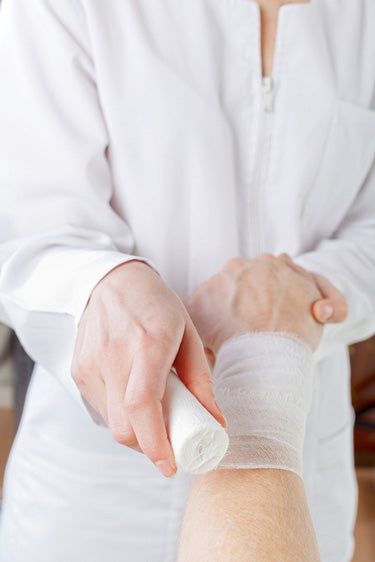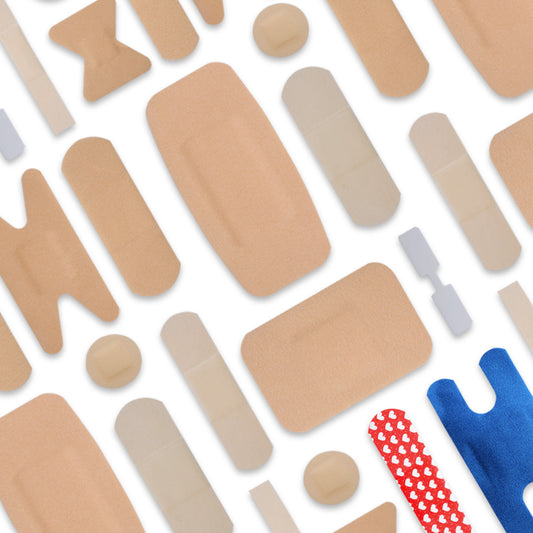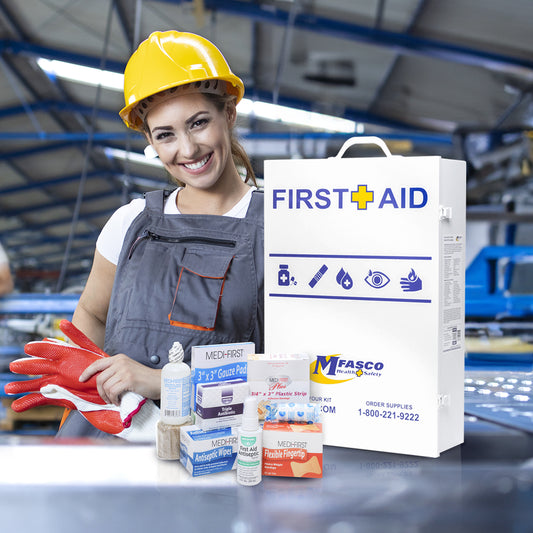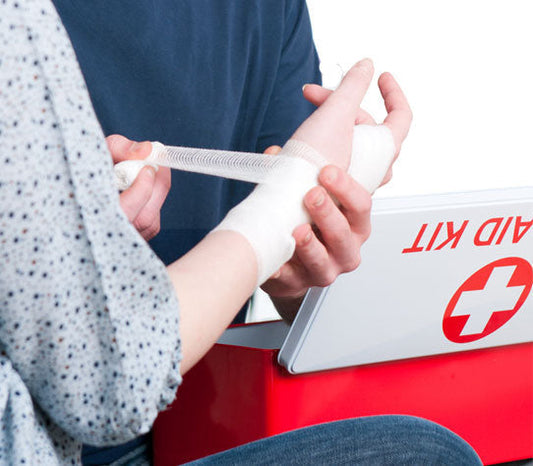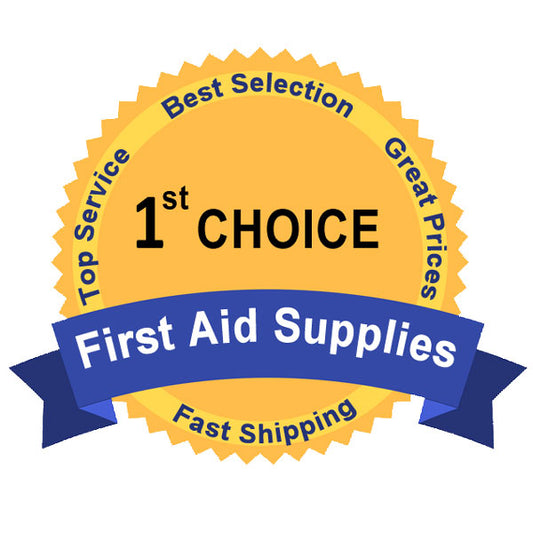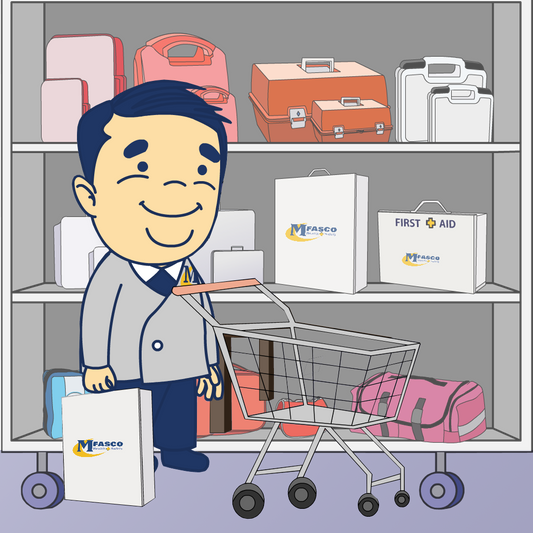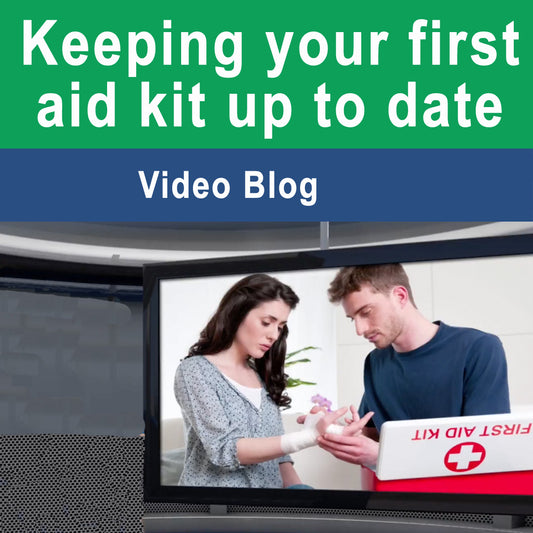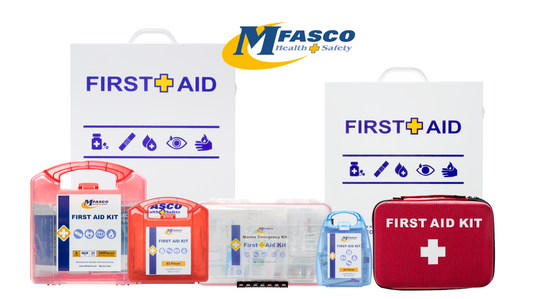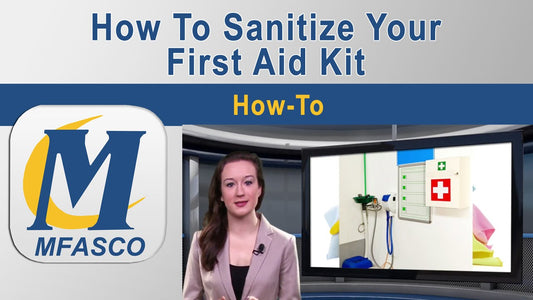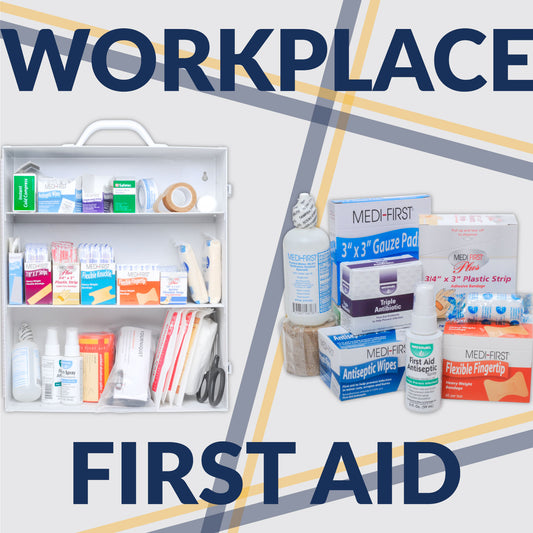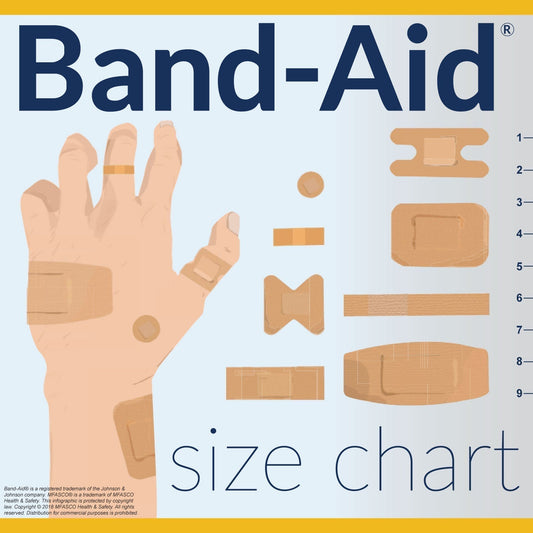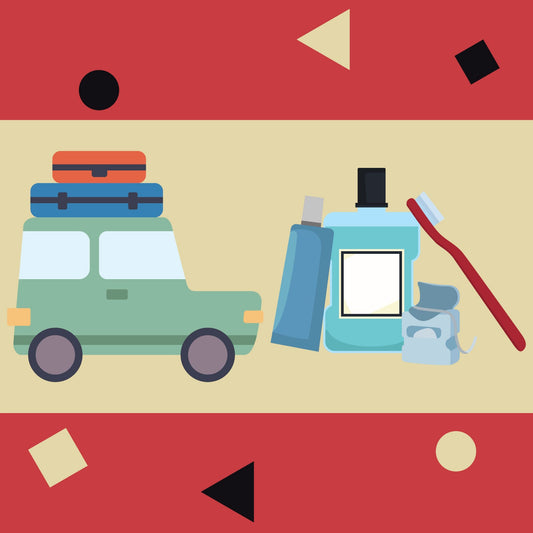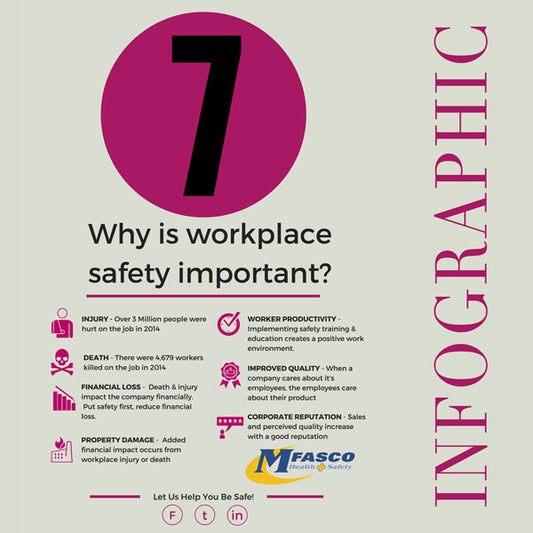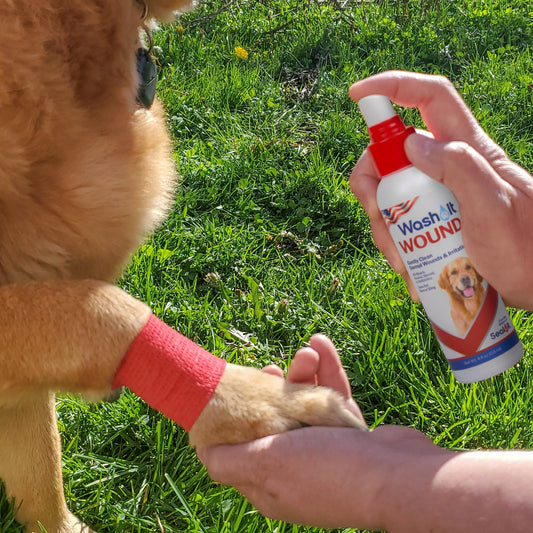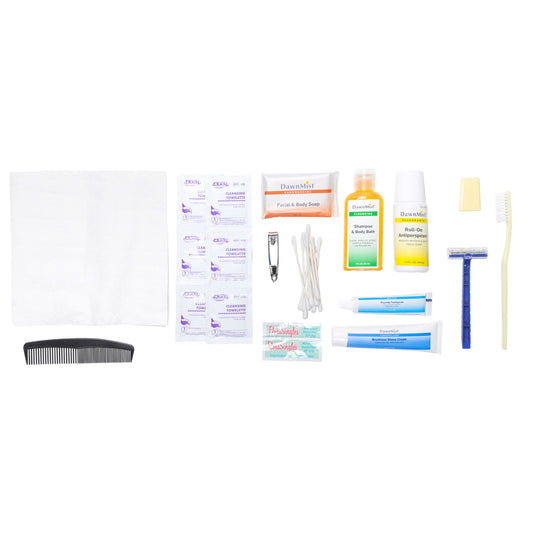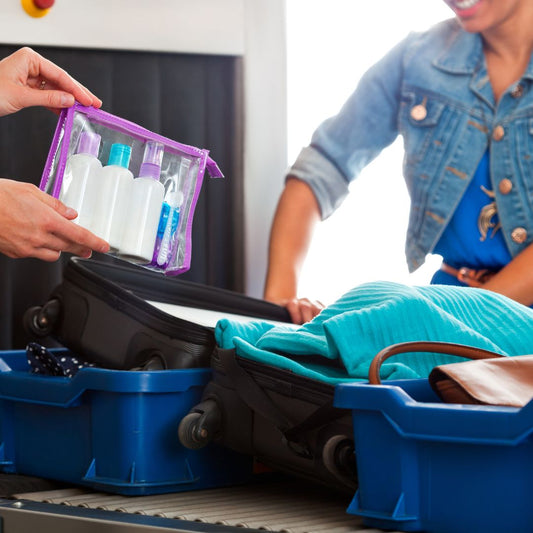How to Select and Care for Hearing Protection
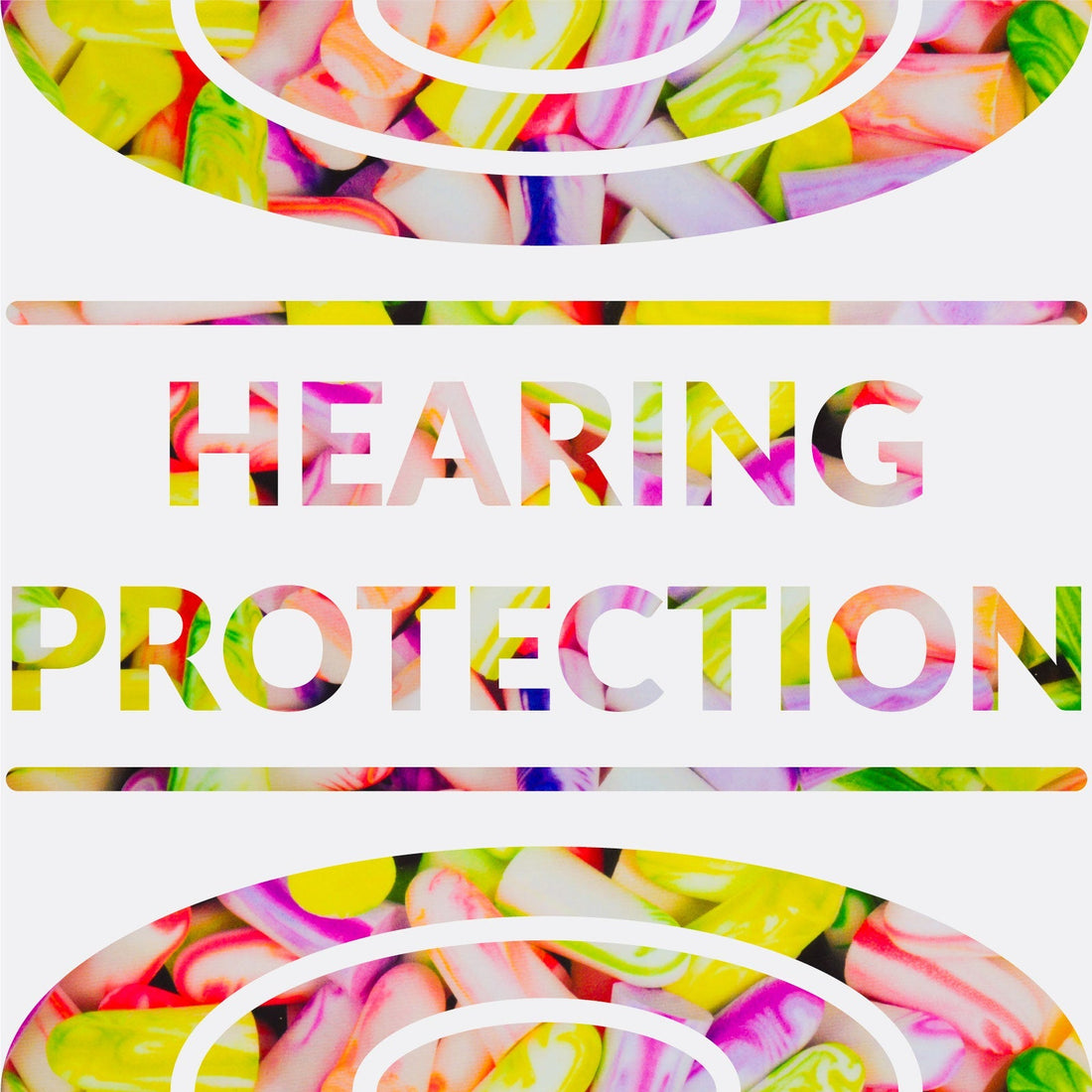
Hearing is one of our most valuable senses. It helps us communicate, earn a living, warns us of danger, and provides pleasure. These facts should remind us how important it is for us to protect our hearing. Sudden loud noises and exposure to constant noise can damage our hearing. Hearing protection helps reduce our exposure to dangerous noise. This brief article will help you determine if you need to protect your hearing. If you wear hearing protection, we also include helpful information to select and care for your hearing protection. Spend a few minutes to understand these practices and save your hearing. Remember, hearing damage is not reversible. Be proactive and protect yourself.
Know your work environment
Whether at home or work, it is important to know what noise levels you are being exposed to. This simple chart shown here will provide examples of power tools a typical carpenter uses and how much noise each produces. Anything over 85 decibels is considered dangerous to your hearing health.
Noise Testing - If you are exposed to noise at work, your employer is required to conduct tests to determine the levels. Results will determine what level of protection you will need to wear in order to be safe.
Noise Reduction Rating - Hearing protectors are required to be tested by the manufacturer to determine how much noise will be reduced. This NRR (Noise Reduction Rating) is labeled on every package of hearing protection. The goal is for hearing protection to bring you below 85 decibels of noise.
Frequency Of Use - Any work environment should not only be measured by noise level but also by time. As a matter of fact, OSHA says that noise should be measured as a "time-weighted average". Sometimes noise levels may increase or decrease. Testing should be conducted over a period of hours so an average noise exposure can be determined. How often and long exposure takes place can influence your hearing health.
Selecting the right protection
Reusable or Disposable Plugs or Muffs? - There are many types of ear protection products. With just a few answered questions, you will be able to select from a much narrower choice. Consider the following question:
- Is this a temporary need?
- Do I need to wear these day after day after day?
- What NRR is required to protect my ears?
- Can I wear this style while wearing a helmet, hard hat, or other protective clothing?
- Are they comfortable
- Can I reuse these more than once?
- Am I sharing these with others?
Inspect & Care
Caring for your hearing protection can extend the life and usability of the product. Depending on the type of ear protection you have will determine if you can wash and sanitize your product. Hygiene is vital to your ear health. Work environments can be dirty and so can ears! Hearing protection that can be washed generally includes ear muffs and reusable bands and plugs. Disposable foam plugs should not be cleaned. They are "disposable".
General cleaning and washing involves using warm soapy water for reusable plugs and bands. Wash off any grime, dirt, and oils from the protector. Inspect for damage or wear that may influence the ability of the hearing protector to perform properly. Cracks, missing pieces, or other noticeable defects are evidence that it's time to replace your protector.
For those who use disposable plugs. These are generally made from foam and involve rolling or squeezing to insert into the ear canal. Be sure to wash your hands first before rolling and squeezing. Dirt will be transferred from your hands to the protector which will contact your ear canal. Use common sense and always inspect and take good care of your hearing protection so it can take care of you.
Hearing Loss Prevention Products & Accessories
Hearing Loss Prevention Products
Disposable Foam Ear Plug Products
Ear Muff Products
Additional Resources for Hearing Loss Prevention
What is Noise Induced Hearing Loss?
What Causes Hearing Loss?
4 Ways To Protect Your Hearing in a Workplace Setting
Contributing Expert
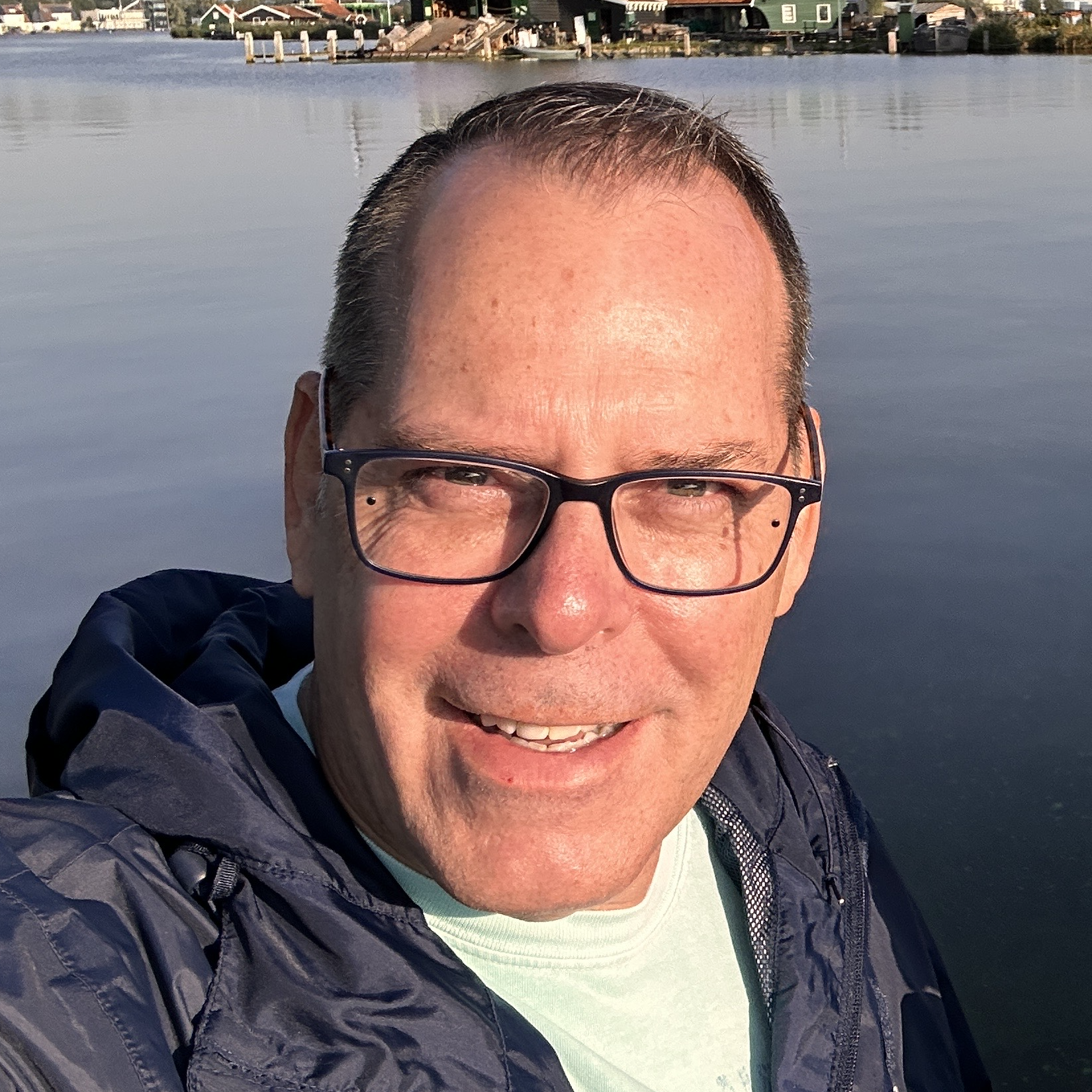
Mike Brinker
Mike Brinker has been working in the first aid industry for over 35 years. He has worked with thousands of businesses,groups, and organizations to provide a healthy and safe work environment. Mike helped create “Make-A-Kit”, the internet's only online first aid kit creation tool. He has also authored many helpful first-aid and safety-related resource articles found at the MFASCO Learning Center.



